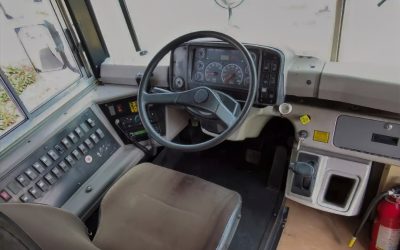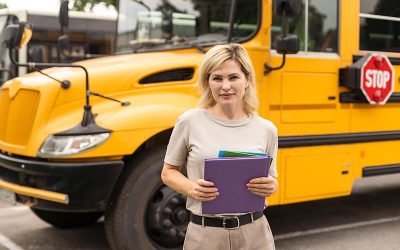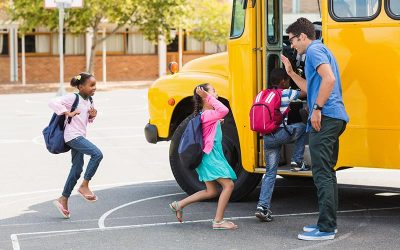Recent estimates peg the number of students who ride the school bus in the US at 25 million, just over 50% of the total 49.9 million American school children aged 5‒17. Estimated users of active transport are 5.3 million or roughly 10.7% of students, including those who walk (9.6%) and those who bike or ride bicycles (1.1%). From this, we can estimate that around 19.6 million or 39.3% of students travel to school by car/ private vehicle.
In their 2009 article, child travel experts Noreen McDonald and Annette Aalborg summarized the major factors influencing parents’ decisions about their children’s school travel as follows:
- Convenience/ speed of commute (particularly for younger children)
- Safety concerns about presence of strangers along route, neighborhood safety
- Road and traffic safety concerns
- Parents’ desire to spend more time with their children
- Cost of commute (in terms of both money and time)
|
Parents’ Decision Criteria |
Active (Walk/ Bike) | Passive (School Bus) | Passive (Car) |
| Convenience/ Speed | ★★ | ★ | ★★★ |
| Stranger, Neighborhood Safety | ★ | ★★★ | ★★★ |
| Road & Traffic Safety | ★ | ★★★ | ★★ |
| Time Spent With Children | ★ | ★ | ★★★ |
| Commute Cost | ★★★ | ★★ | ★ |
From the matrix, we can see that with respect to safety, passive transportation modes have an advantage over walking and biking. Particularly when it comes to road safety, school buses are deemed to be eight times safer than private vehicles by the US National Highway Traffic Safety Administration (NHTSA). This is based on the statistic that school buses average 0.2 fatalities per every 100 million miles of highway travel compared to 1.5 fatalities for private vehicles.
Parents don’t just consider safety when they decide whether their children will ride the school bus, however. For some parents, the commute to and from school by car is quality time that they might not get to spend with their children otherwise. For others, the comparatively low cost of the school bus makes it their first choice. Most modern urban and rural environments in the United States make it next to impossible for children to walk or ride to school by themselves, which is why so few students are using active transportation to get to school these days, but there are many health benefits for children who are in a situation to be able to walk or bike to school.
There is no one answer to the question of which mode of transportation is the best for school students, but it is certain that not every student will ever ride the school bus. Individual families will always choose different transportation methods because of their unique circumstances and their feelings about the relative importance of the factors listed in the matrix above and other, related factors.


